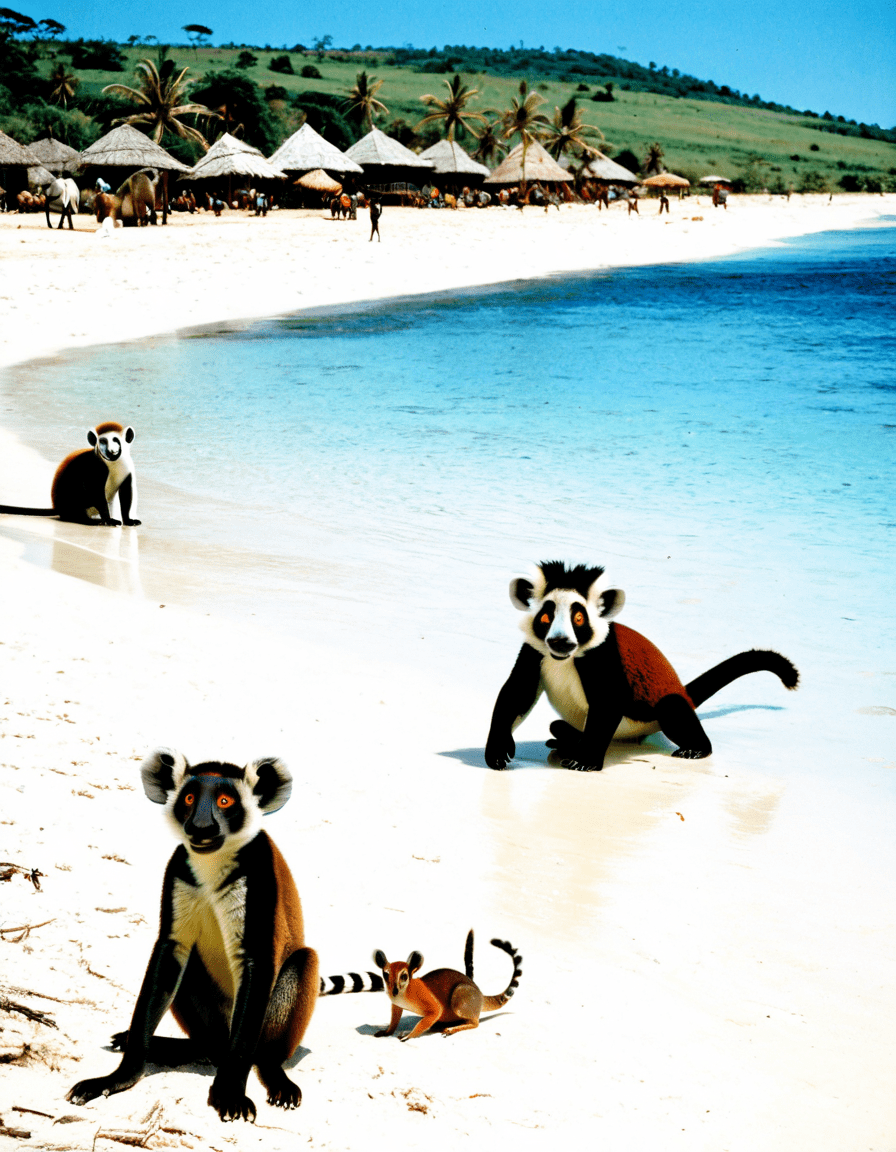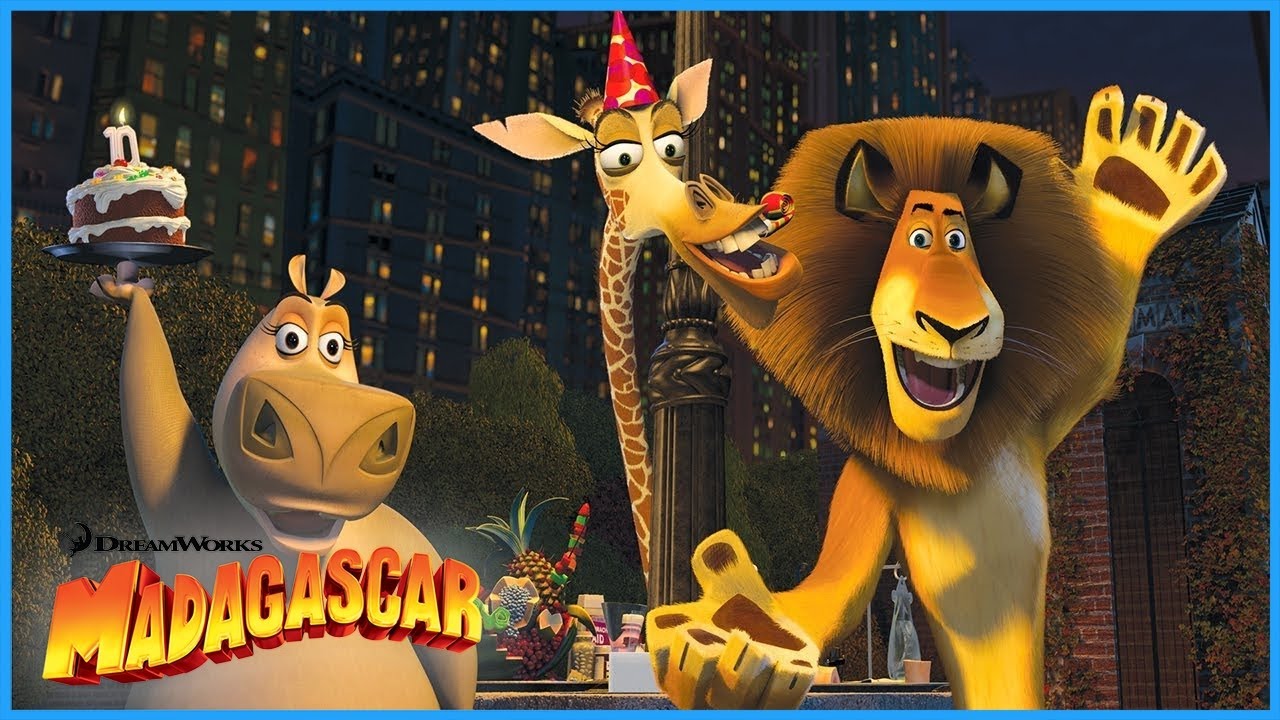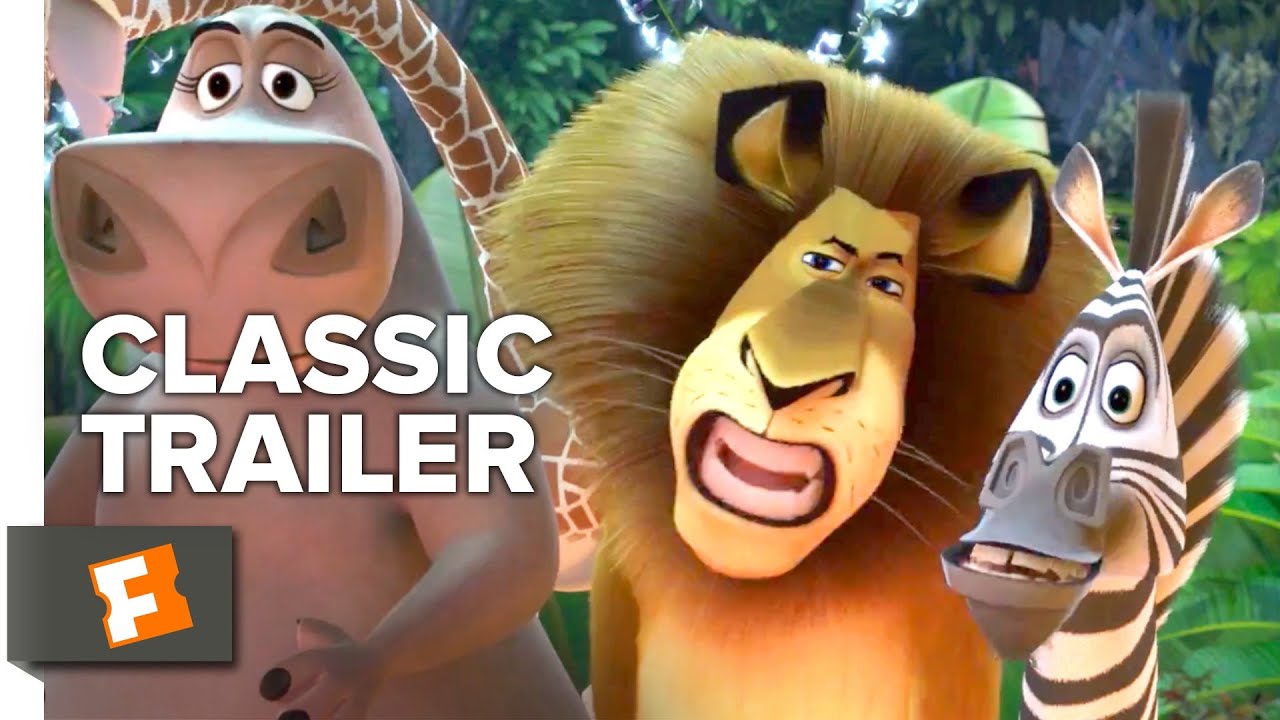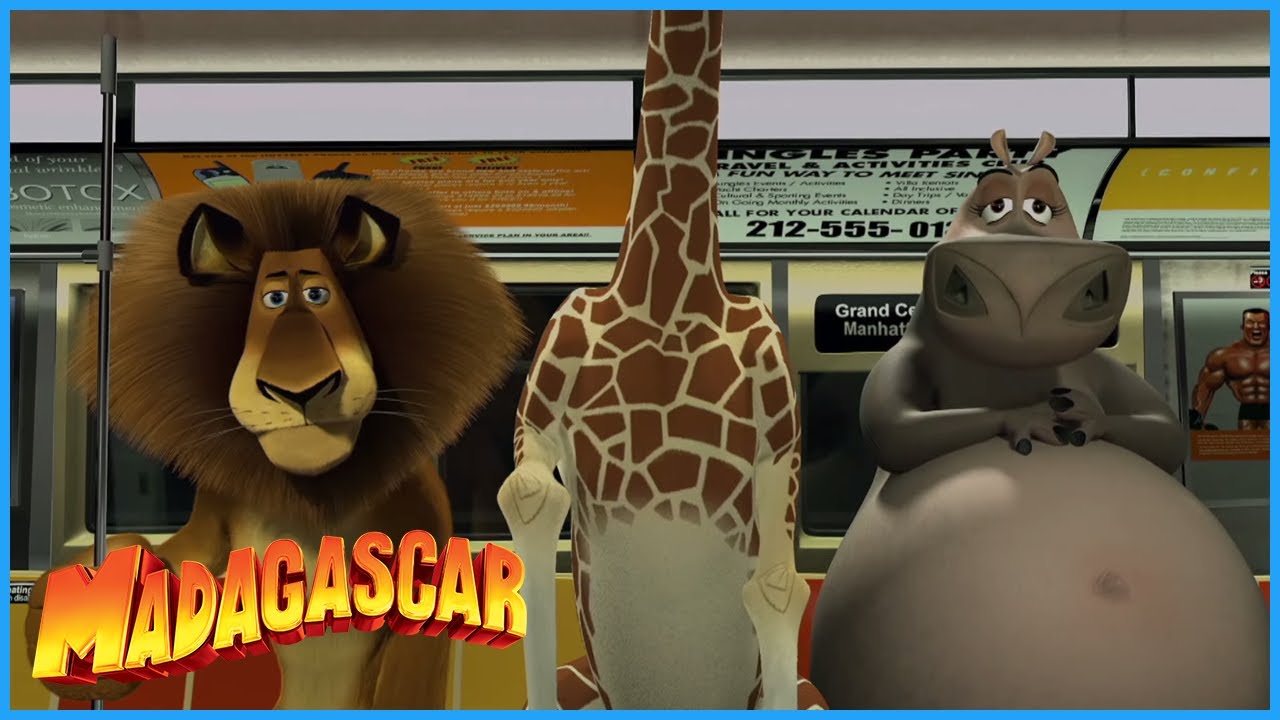Madagascar 2005 takes audiences on a delightful animated escapade that leaves a lasting impression—one packed with laughs, heart, and an exploration of friendship that resonates with many. Beyond its engaging storyline and vibrant animation, this film delves into themes of identity, self-discovery, and the importance of connection in our lives. Debuting amid a sea of animated features, Madagascar carved its niche by showcasing the appealing and often endangered wildlife native to the island, delivering humor while subtly highlighting larger cultural and ecological issues. So, buckle up as we journey through the fabulous world of Madagascar 2005!
7 Amazing Animals Featured in Madagascar 2005
Voiced by the ever-charismatic Ben Stiller, Alex the Lion is a symbol of urban hustle and a quest for authenticity. His transition from life as a zoo celebrity to facing the wild challenges of Madagascar serves as a mirror for many viewers grappling with their identities. Alex’s evolution touches upon expectations shaped by society, making it a relatable tale for anyone who’s ever felt the weight of what’s “expected” versus who they really are.
Chris Rock’s portrayal of Marty the Zebra brings plenty of laughs while embodying the struggle of self-identity. His mantra, “I like to move it, move it,” isn’t just a catchy tune; it speaks volumes about the pursuit of individuality amidst societal norms. Marty’s character serves as an inspiring reminder that stepping outside the comfort zone is crucial for personal growth—something we all can relate to in different aspects of life.
With the voice of David Schwimmer, Melman the Giraffe represents the anxieties many people face today. His hypochondria adds a humorous touch, allowing viewers to see their own vulnerabilities highlighted in his comedic misadventures. Melman’s quirks remind us that it’s perfectly okay to have fears; what matters is how we choose to confront them.
Jada Pinkett Smith shines as Gloria, bringing sass and confidence that balances out her friends’ insecurities. Gloria’s embodiment of body positivity and self-love gives the film an essential message about self-acceptance. She encourages viewers to embrace who they are, resonating particularly with younger audiences seeking role models in the quest for self-worth.
The unforgettable performance by Sacha Baron Cohen as King Julien sets the comedic bar sky-high. This flamboyant lemur not only entertains but also embodies Madagascar’s vibrant culture, reflecting social dynamics and community spirit. His infectious catchphrases and antics show that life should be a celebration, an attitude everyone could benefit from adopting!
Serving as one of the film’s antagonists, the Fossa offers a glimpse into Madagascar’s ecosystem that often takes a backseat to the more popular animals. This character illustrates the unique challenges faced by local wildlife, spotlighting the ecological balance that is crucial for the island’s health. Presenting such lesser-known species injects an educational aspect into the film that captivates audiences.
While the chameleon has a relatively smaller role, its symbolism of adaptability stands out in a narrative that constantly shifts. This character represents the importance of being flexible and embracing change—an uplifting reminder in life, especially when faced with uncertainty. Audiences can find solace in its journey, encouraging them to navigate their circumstances wisely.
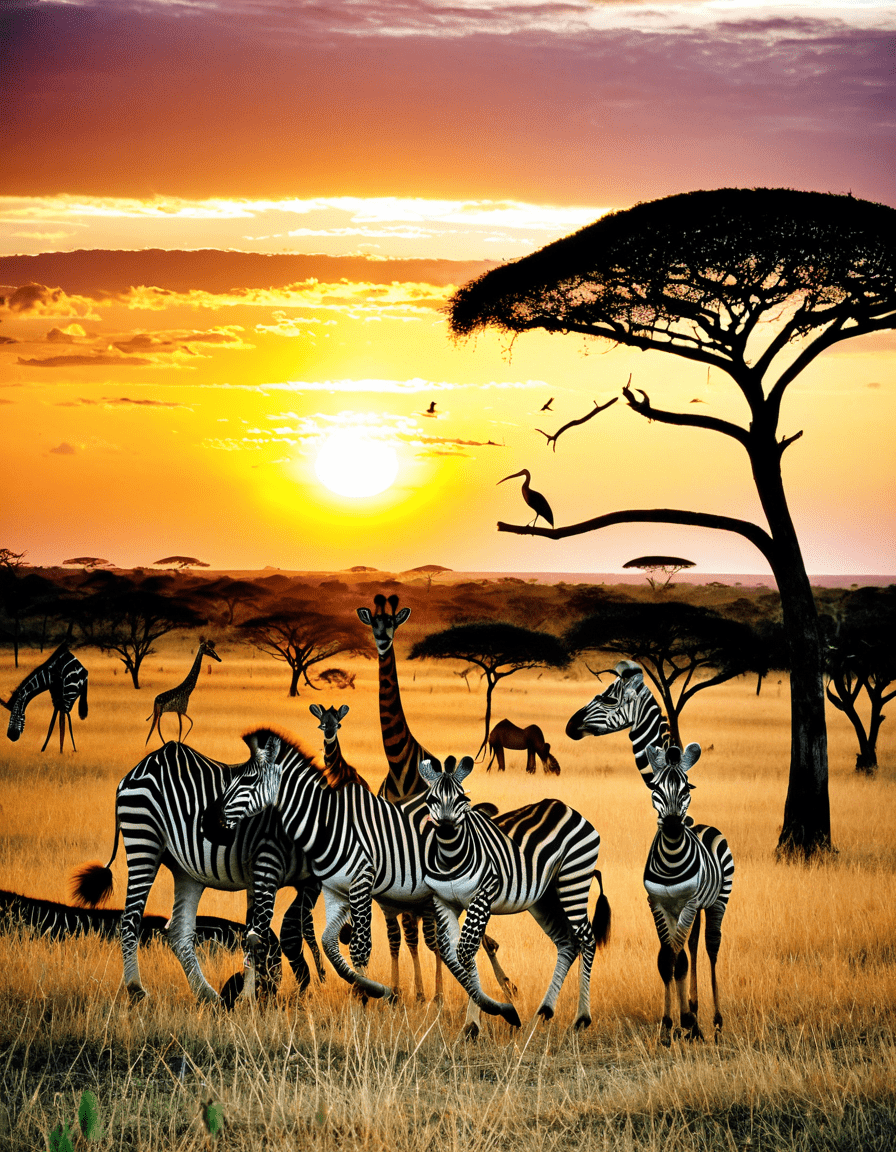
A Cultural Impact: Madagascar 2005 in Today’s Landscape
The cultural impact of Madagascar 2005 extends far beyond its initial box office success, creating a franchise that has captivated multiple generations. The film’s catchy soundtrack has even inspired contemporary artists like Gerard Way, who could bring a grittier, emotional twist to iconic tunes such as “I Like to Move It.” We can easily imagine a reimagined version infused with punk vibes, reminiscent of Meek Mill’s eclectic sound that merges personal narratives with upbeat rhythms.
Moreover, the nostalgia surrounding the film has pushed a wave of merchandise, adaptations, and spin-offs that keep the spirit of Madagascar alive. As children’s programming evolves, the challenge remains to preserve the heart of the original while innovating and expanding upon it to connect with newer audiences. Think about how streaming platforms, like Amazon Prime Video TV Shows, have embraced such classics, ensuring they continue to reach fans old and new.
The film has also inspired countless memes, jokes, and references in pop culture, often cited in conversations that celebrate friendship and self-discovery. It’s not just a movie—it’s a part of our collective cultural memory, a shared experience that bridges generations.
The Ecological Message: Beyond the Animation
While Madagascar 2005 entertains, it does something even more critical by raising awareness about the urgent need for conservation. The film brings viewers face-to-face with Madagascar’s unique wildlife, emphasizing how crucial it is to protect these species and their habitats. Viewers learn that the environment deserves their attention, promoting an intrinsic understanding of ecological balance that remains necessary today.
This creative storytelling intertwines a vital ecological message, inspiring audiences from all walks of life to contribute toward conservation efforts. In highlighting Madagascar’s beauty and biodiversity, the film functioned as both a source of entertainment and a catalyst for environmental advocacy. The iconic film encourages continued discussions about our world’s ecological struggles, ultimately nudging us toward greater awareness and action.
Reflecting on the success of Madagascar 2005, it’s evident that stories can be powerful tools for change. As we navigate the complexities of our world in 2026, filmmakers must explore messages that resonate—with themes of friendship evolving alongside the urgent reality of biodiversity threats. The legacy of Madagascar 2005 continues to inspire, unite, and educate audiences about the beauty of our planet and the responsibility we bear to protect it.
In conclusion, Madagascar 2005 is more than just a fun journey through the lives of amazing animals. It’s a reflection of our times, an animated treasure that continues to sparkle with laughter, love, and the vital lessons that keep audiences returning for more. Let’s celebrate this animated classic, its characters, and the beautiful echo of its message that still resonates today. So, next time you find yourself humming along to those catchy tunes, remember the adventure that began the love affair with these beloved characters—and be inspired to make a difference in our world!
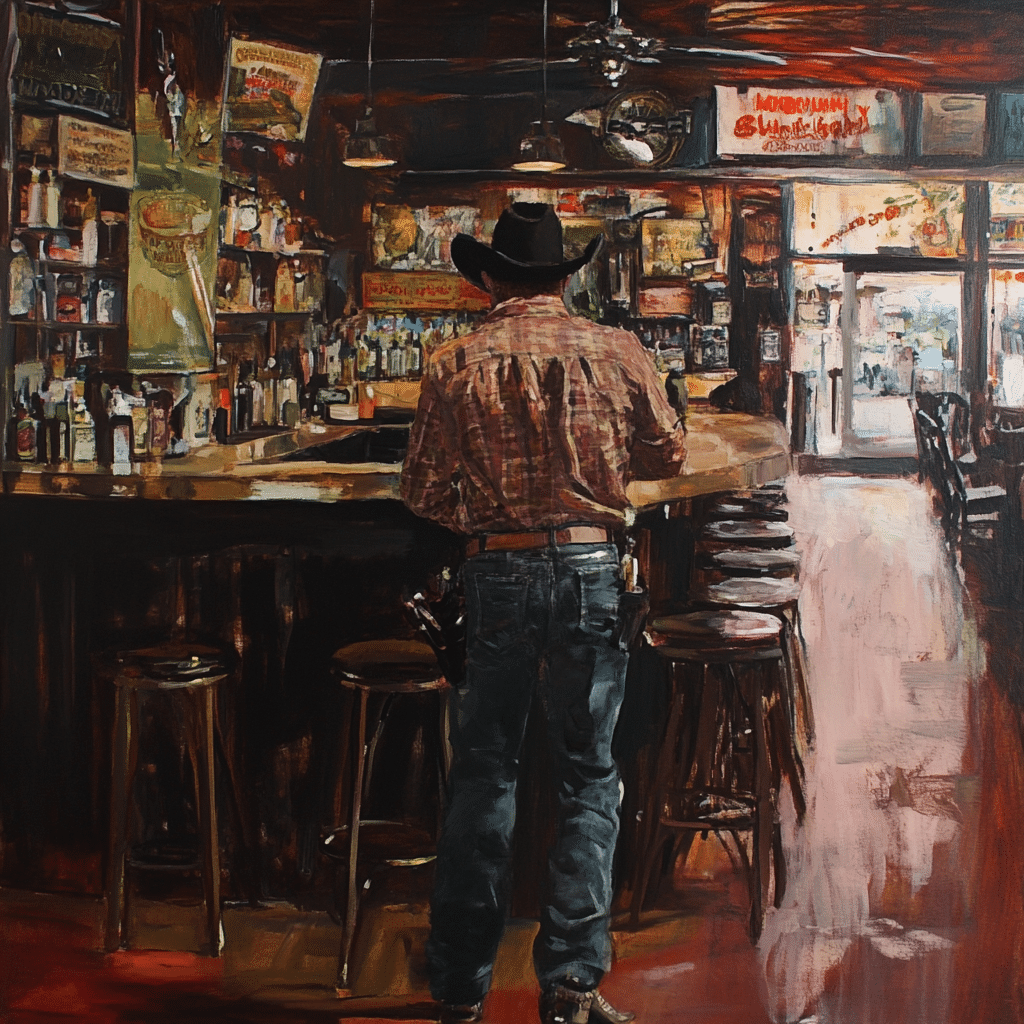
Madagascar 2005: A Fun Journey with Amazing Animals
Fun Facts You Didn’t Know
Did you know that “Madagascar 2005” wasn’t just a fun animated romp filled with lovable characters? It also served as an eye-opener about the real Madagascar, an island that is home to a staggering amount of flora and fauna you can’t find anywhere else! For instance, about 90% of the wildlife here is unique to the island, including the lemurs that stole the show. These quirky little creatures, famous for their hilarious antics, are an important cultural symbol, much like the famous Herve Leger dresses—both capture a distinct allure that keeps folks coming back for more.
When the film hit theaters, the voice cast made waves. Stars like Ben Stiller and Chris Rock brought energy and humor that resonated with audiences. Interestingly, this was Chris Rock’s first venture into animation, proving he can shine just about anywhere, much like the gripping story of Bobby Joe long, who captivated audiences with a different kind of narrative. It’s a testament to how storytelling can take various forms, from animated laughter to real-life drama.
Behind the Scenes and Trivia
The production team for “Madagascar 2005” didn’t just animate; they dove deep into the island’s culture and sights. They prioritized authentic representation, which paid off when audiences laughed, cheered, or even shed a tear over the characters’ misadventures. And speaking of representations, the film was part of a larger conversation about animal rights and conservation, akin to discussions sparked by movies like the powerful drama master.
Interestingly, Madagascar has its own language, Malagasy, and even unique expressions that bring the culture alive. If only the characters could have spoken it! The mixing of engaging storytelling with real-world themes enhances the viewing experience, echoing how cinema often challenges us to think about animal conservation, similar to themes explored in works like control. So, next time you catch a glimpse of the delightful Madagascar crew, think of them not just as cartoon characters, but as ambassadors of a vibrant and wonderfully distinct ecosystem. Who knew watching a flick could be as enlightening as a safari through the wild, right?
In the words of Marty the zebra, “That’s what I’m talking about!” From the wildly entertaining plot to the visual charm reminiscent of high-end fashion like melrose,( this movie is not just a trip down memory lane but also a reminder of nature’s wonders. And as you unwind with the film, think of it as a chance to escape into an island like no other, where every turn leads to yet another delightful surprise—almost dream-like, like counting imaginary sheep when you can’t sleep, or the elusive Zzz that comes when the day is done! Zzz, right?
